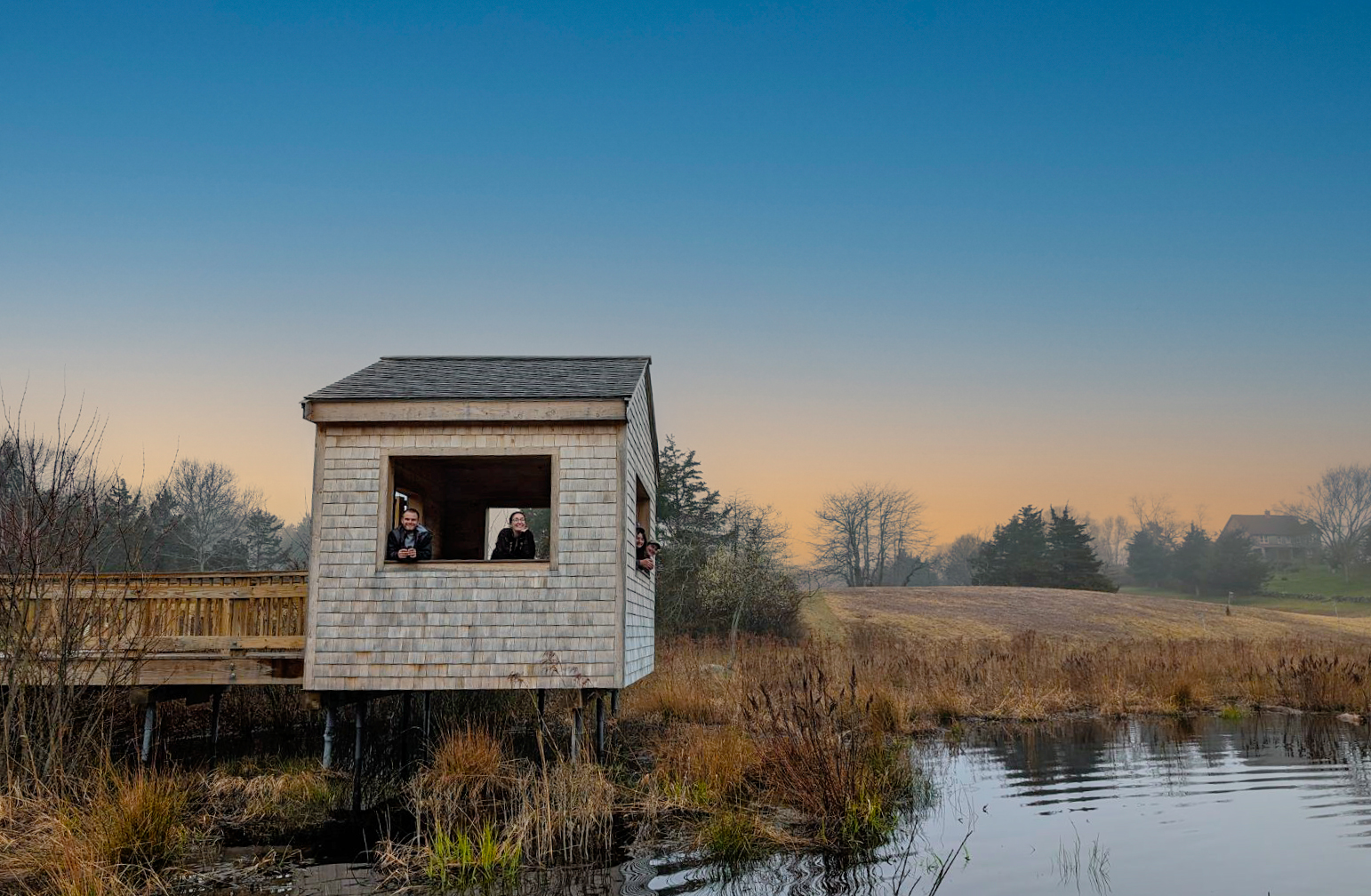For nature lovers, the New England shore is an amazingly varied place: broad bright beaches and secluded sandy coves, tidal pools filled with crabs and starfish, rocky coasts with playful seals, mudflats and saltmarshes that extend to the horizon. There is so much to investigate and the possibilities can seem endless. And for the most part, these habitats can be explored and the wildlife observed with minimal disturbance.

All of us know, however, that protecting the wildlife we love is often a game of give and take, and nowhere is that more obvious than the intersection of human habits and breeding birds’ needs on our sandy beaches. For the Least Terns and Piping Plovers in New England, there is no better place to raise a family than that bright stretch of sand between the high-tide wrack and the edge of the dune grass. And of course, that space is exactly where every beach lover is drawn to.
After decades of ever-increasing human expansion into these areas, wildlife scientists noticed significant population declines in both species. Early ornithologists described the Piping Plover as “very abundant” along the Atlantic Coast. By 1986 (the year the Piping Plover was protected under the Endangered Species Act) scientists estimated only 790 pairs from Newfoundland to South Carolina remained (about 1 pair per two miles of coastline).

And thus for the next 35 years, the give and take between beachgoers and shorebird conservationists evolved into the present-day situation: the familiar “fenced off” areas in early summer, the volunteers dedicated to teaching sunbathers how to share the beach, rules against dogs and on-sand vehicles near nesting areas, and the inevitable strongly-worded objections by sun and sand lovers in the local opinion pages and Facebook groups. While Manomet has no current projects directly involving Piping Plover or Least Tern research or conservation, we acknowledge the complexity of the situation, support the work done by local, state, and federal wildlife organizations, and are grateful to all the beachgoers who are doing their part to keep the Piping Plover and Least Tern populations safe.





 Back to all
Back to all


